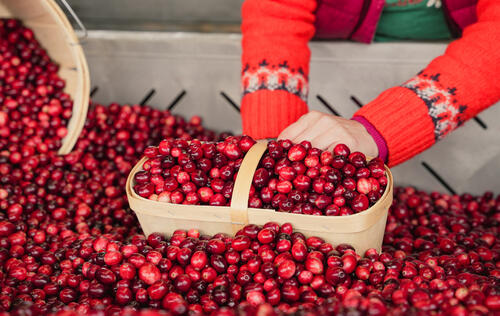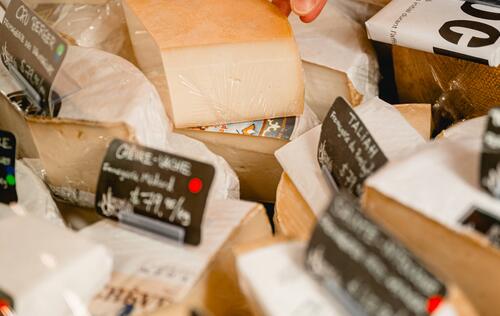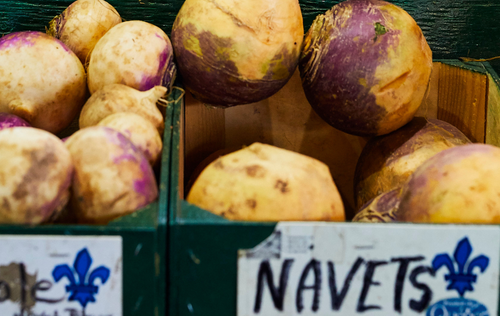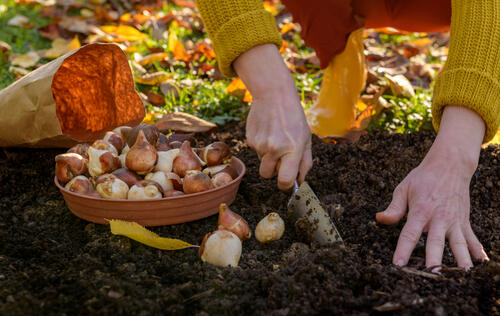How to preserve your food to avoid food waste?
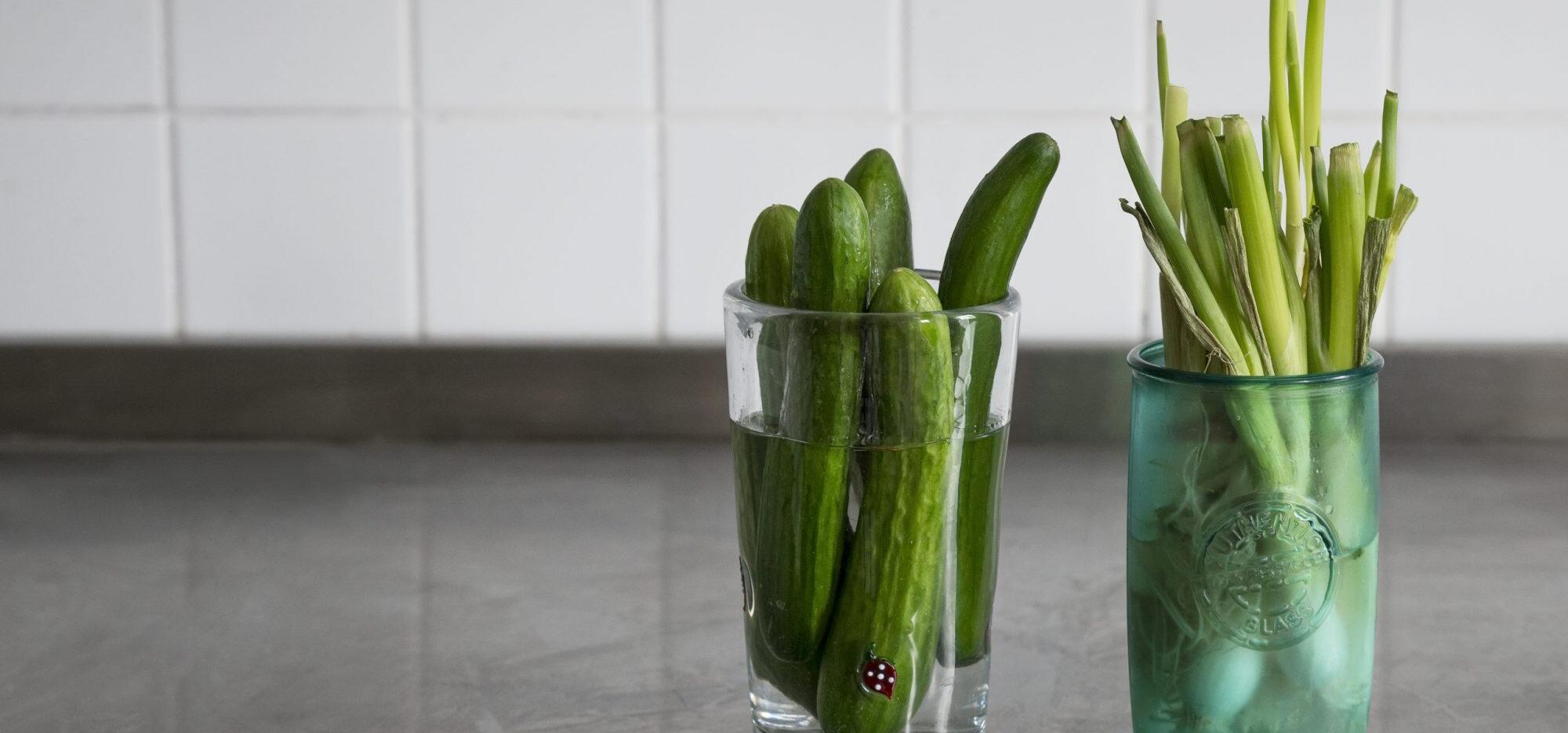
With the arrival of spring, I bet you'll be heading to your favourite public market to buy everything you need to cook fresh, tasty meals. The excitement of finding such a wide variety of fruit and vegetables might just make you buy a lot. I've got a few tips to help you keep your purchases for longer!
Preserve fresh herbs without wasting a stalk!
Fresh herbs are aptly named! They add a touch of freshness that can transform the most boring dish into a meal rich in flavour. I once added sprigs of dill to a simple commercial chicken noodle soup, a habit I haven't broken since.
The problem with herbs is that they're often bought in sizes too large for our needs. Have you thought about separating the pack as soon as you get home? Since I adopted this habit, I buy less, but better, and I don't waste any more!
Take the surplus herbs and dehydrate them. Personally, as I don't have a dehydrator, I place them on a clean dishcloth to absorb the moisture. The dehydration process takes a while (about a week), but it allows me to eat 100% of what I buy.
Otherwise, I sometimes clean and finely chop the herbs and mix them with olive oil or butter. This technique allows me to store them in ice-cube moulds and use them quickly when I'm cooking. I defrost a small ice cube and that's it!
And how do you store the herbs you intend to eat during the week? Remove any packaging or ties and place them in a small cloth to absorb excess moisture. Then place in an airtight container, either a reusable plastic bag or a dish. The moisture that accumulates in the container will hydrate the herbs, which will remain crunchy, but any excess moisture that would have damaged the herbs will be trapped in the protective cloth. And don't forget to remove the little wet yellow herbs every time you open the packet!
This last tip applies to all lettuces and fragile foods such as strawberries, raspberries, etc.
Plunge foods that are crispier into water
There's nothing worse than eating a limp cucumber, or maybe a soft piece of celery! But have you ever wondered why they go to waste like that? Food often becomes dehydrated and loses its crunchiness. We force ourselves to eat them, ignoring the little trick that could have given them back their vigour: soaking them in water!
Water is the miracle ingredient that extends the shelf life of many foods. But be careful not to use too much! Food needs just a tiny centimetre of water to keep it crunchy. It's best to add more as it drinks.
Lettuce, celery, broccoli, cucumber, leek or cauliflower will keep much longer now you know this trick!
Keep fruit and vegetables out of the fridge (whenever possible!)
In my opinion, over 50% of food waste could be avoided if we learned to store food better. Fridge, not fridge? Ah, the big question! Is the fridge the best place to store food? Your favourite grocer will answer that question for you. The answer lies in a simple logic: if I bought the food in a refrigerated display, it must always be kept in the fridge to avoid breaking the cold chain. So, following this logic, if I buy a food in the non-refrigerated display, I can keep it out of the fridge. Good news! Most of what you buy from your greengrocer can be kept out of the fridge. But ask if it's been refrigerated overnight, just to be sure you're getting the best possible preservation.
This applies 10 months of the year. In hot weather, food should be refrigerated and eaten quickly. Eating what you buy quickly is still the best zero-waste tip I can give you!
The fridge was invented to keep foods that are sensitive to temperature variations, such as meat, fish and dairy products, for longer. Most fruit and vegetables keep longer out of the fridge, as keeping them below 10 degrees Celsius will stress them and make them lose their flavour and shelf life.
Unsure about the best way to store your food? Ask your retailer for their best tips!
